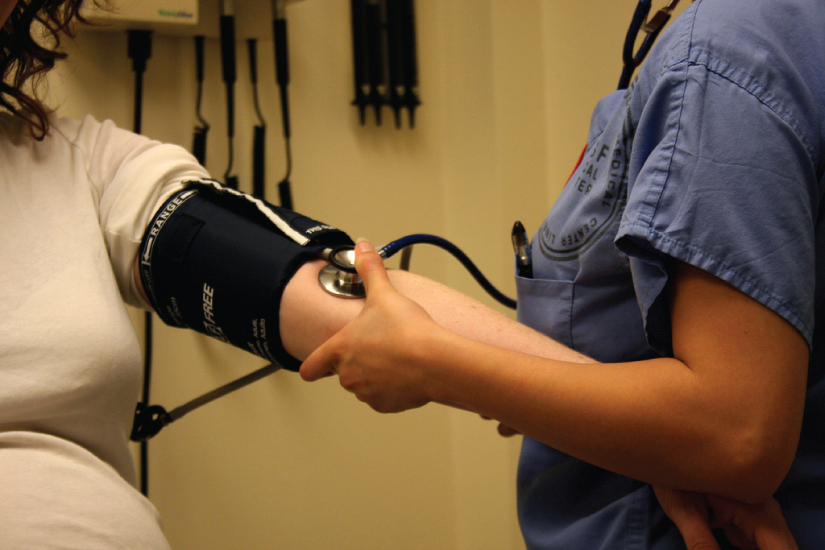
|

1.1 An introduction to the human body Read Online
1.2 The chemical level of organization Read Online

After studying this chapter, you will be able to:
Though you may approach a course in anatomy and physiology strictly as a requirement for your field of study, the knowledge you gain in this course will serve you well in many aspects of your life. An understanding of anatomy and physiology is not only fundamental to any career in the health professions, but it can also benefit your own health. Familiarity with the human body can help you make healthful choices and prompt you to take appropriate action when signs of illness arise. Your knowledge in this field will help you understand news about nutrition, medications, medical devices, and procedures and help you understand genetic or infectious diseases. At some point, everyone will have a problem with some aspect of his or her body and your knowledge can help you to be a better parent, spouse, partner, friend, colleague, or caregiver.
This chapter begins with an overview of anatomy and physiology and a preview of the body regions and functions. It then covers the characteristics of life and how the body works to maintain stable conditions. It introduces a set of standard terms for body structures and for planes and positions in the body that will serve as a foundation for more comprehensive information covered later in the text. It ends with examples of medical imaging used to see inside the living body.
Question: Which of the following differentiates Cushings from Diabetes Mellitus?
Choices:
panting
recurring UTI's
enlarged abdomen
elevated liver enzymes
Question: Which is true regarding the following LDDS results: Cortisol remained >2 ug/dl (supression did not occur) at both 4 hr and 8 hr.
Choices:
patient has hypoadrenocorticism
patient has hyperadenocorticism secondary to adrenal tumor
patient has hyperadrenocortism secondary to pituitary tumor
patient has hyperadrenocortism , but cannot determine whether pituitary or adrenal tumor
Question: Secondary hypoadrenocorticism is common in small animals. True/False
Choices:
True
False
Question: Unilateral adrenal enlargement with the other adrenal gland atrophy is a result of which of the following
Choices:
Pituitary adrenal tumor
adrenal tumor
Addison disease (hypoadrenocorticism)
Question: Which of the following is true regarding LDDS test results for a dog: Baseline is 10 ug/dl cortisol; 4 hr is 6 ug/dl cortisol; 8 hr is at 4 ug/dl ?
Choices:
This dog has hyperadrenocorticism secondary to pituitary dependent tumor.
This dog has hyperadrenocorticism secondary to adrenal tumor
This dog has hyperadrenocorticism but cannot determine whether pituitary dependent or adrenal tumor
This dog is normal
Question: Which test is the most specific for hyperadrenocorticism?
Choices:
LDDS
Urine cortisol: creatinine ratio
ACTH stim test
HDDS
Endogenous ACTH (eACTH)
Question: Which of the following results in bilateral adrenal hyperplasia?
Choices:
pituitary dependent tumor
adrenal tumor
Addison disease (hypoadrenocorticism)
Question: 10 yr old FS poodle mix presenting for weight gain "pot belly" appearance w/ polyphagia, PU/PD, and alopecia. She is also tacypnic. Which of the following can you rule out with a good history (select ALL)?
Choices:
Growth Hormone
Pregnancy
Cushing's
Drugs
Insulinoma
Question: 85% of Cushings in small dogs are adrenal tumors. True/ False
Choices:
True
False
Question: Cat presents with plantigrade stance. What is a good endocrine disease to consider?
Choices:
Cushing's
Addison's
Diabetes
Hyperthyroidism
Hypothyroidism
Question: ACTH stim test is the only test for iatrogenic Cushings . True/ False
Choices:
True
False